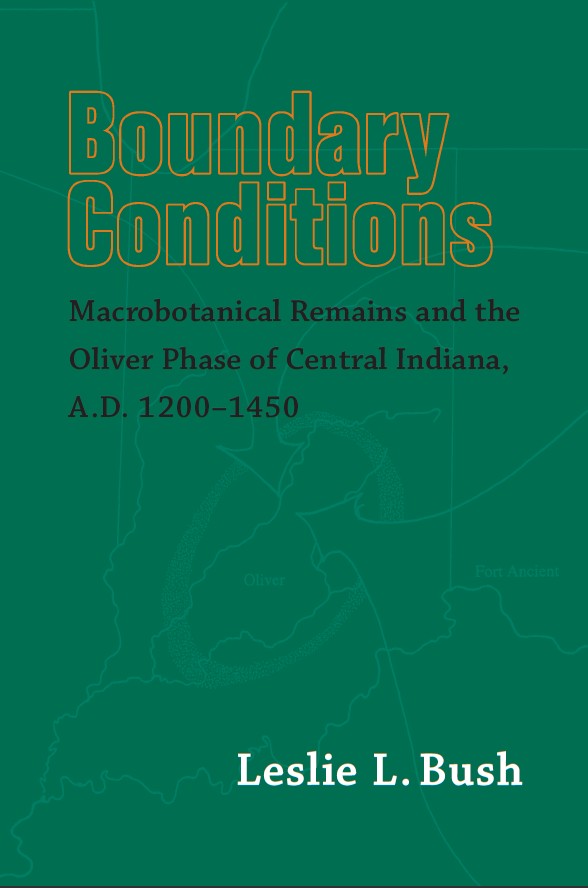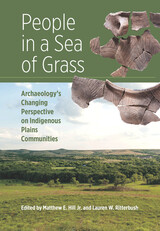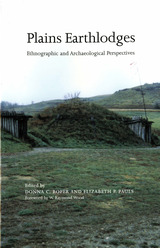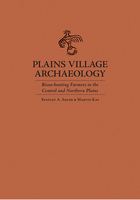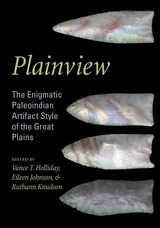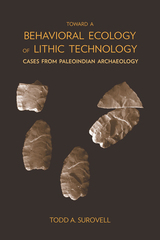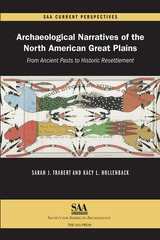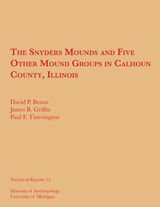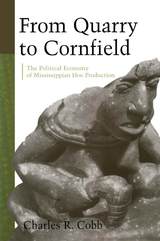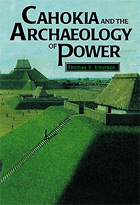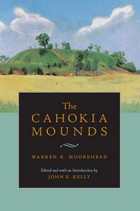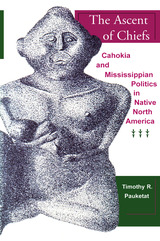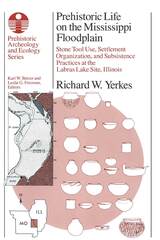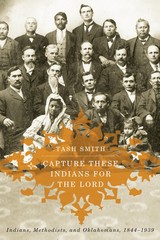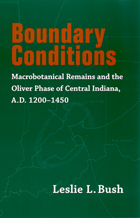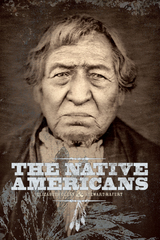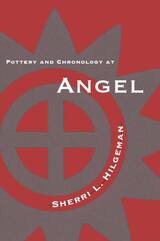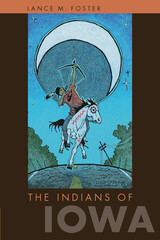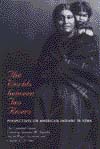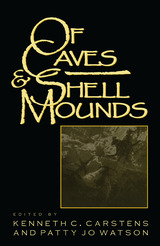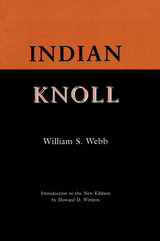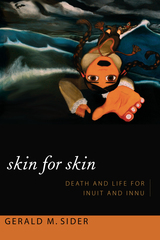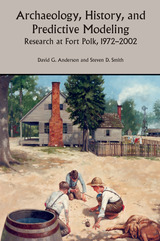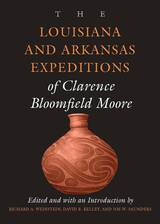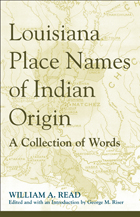eISBN: 978-0-8173-8341-1 | Paper: 978-0-8173-5141-0 | Cloth: 978-0-8173-1434-7
Library of Congress Classification E78.I53B87 2004
Dewey Decimal Classification 641.30097720901
Prehistoric plant use in the Late Woodland Period of central Indiana
This book explores the extent to which foodways, an important marker of group identity, can be recognized in charred macrobotanical remains from archaeological sites. From analysis of mere bits of burned plants we can discern what ancient people chose to eat, and how they cooked it, stored it, and preserved it.
Leslie Bush compares archaeobotanical remains from 13 Oliver Phase sites in Indiana to other late prehistoric sites through correspondence analysis. The Oliver area is adjacent to the territories of three of the largest and best-known archaeological cultures of the region—Mississippian, Fort Ancient, and Oneota—so findings about Oliver foodways have implications for studies of migration, ethnogenesis, social risk, and culture contact. Historical records of three Native American tribes (Shawnee, Miami, and Huron) are also examined for potential insights into Oliver foodways.
The study determines that people who inhabited central Indiana during late prehistoric times had a distinctive signature of plant use that separates them from other archaeological groups, not just in space and time but also in ideas about appropriate uses of plants. The uniqueness of the Oliver botanical pattern is found to lie in the choice of particular crops, the intensity of growing versus gathering, and the use of a large number of wild resources.
See other books on: Ethnobotany | Food | Indiana | Paleoethnobotany | Plant remains (Archaeology)
See other titles from University of Alabama Press
